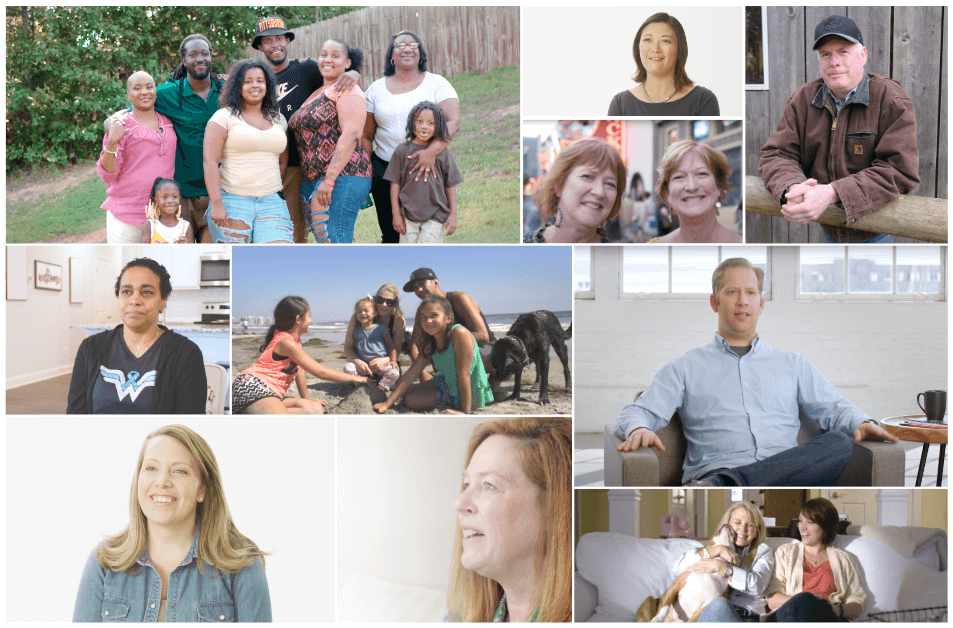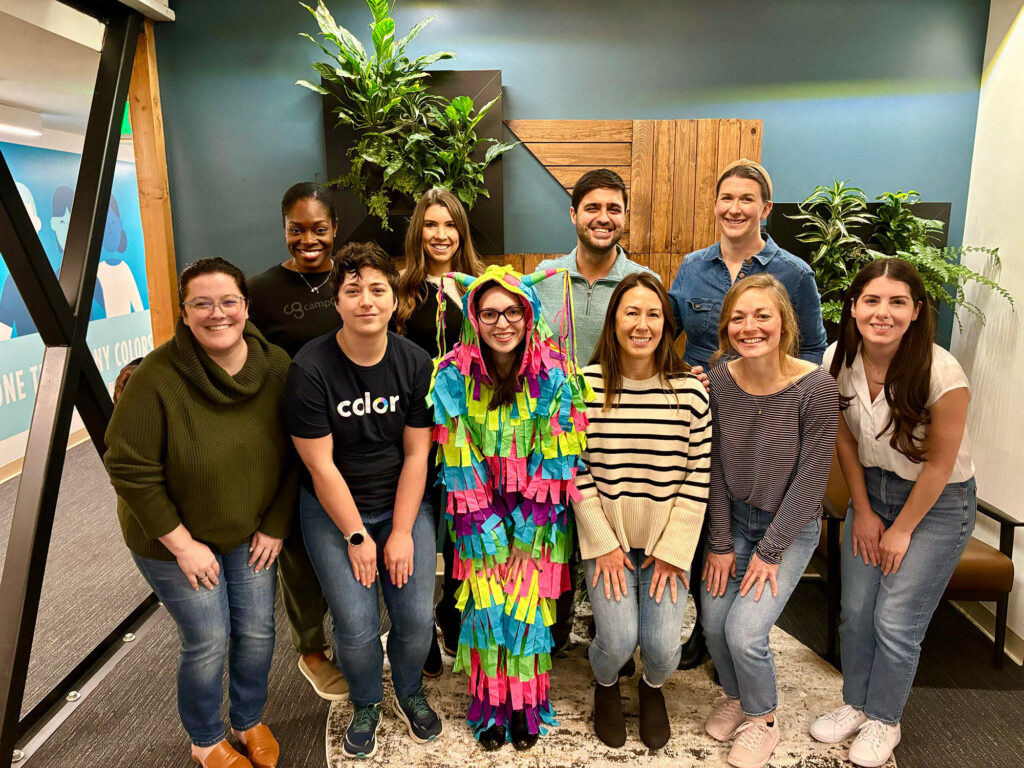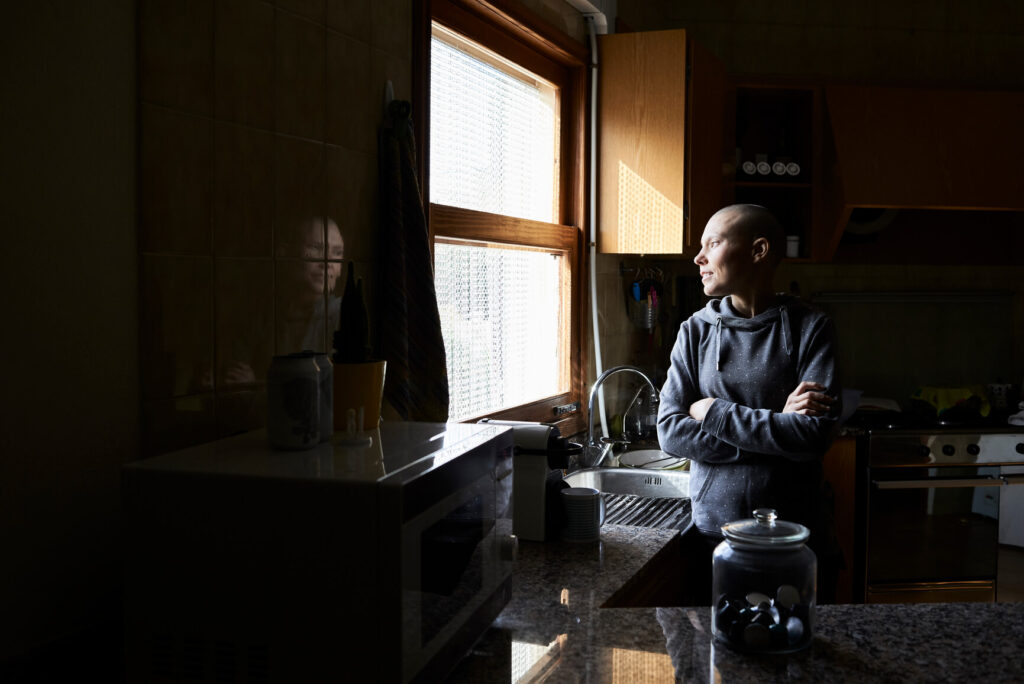News & Articles
Happy National DNA Day
Lauren Ryan
On April 25th, 1953, a group of scientists including James Watson, Francis Crick, Maurice Wilkins, and Rosalind Franklin published simultaneous articles revealing the double-helix shape of the DNA molecule. Eighty-four years later, most people still know very little about what DNA is and how it works.
We all know that traits are passed down through families, from eye color to caffeine tolerance. But each of us is also unique. Why is that? How does DNA get passed from one generation to another, and what does it do? In honor of National DNA Day, here’s a look at the basic building blocks of all living creatures on Earth.
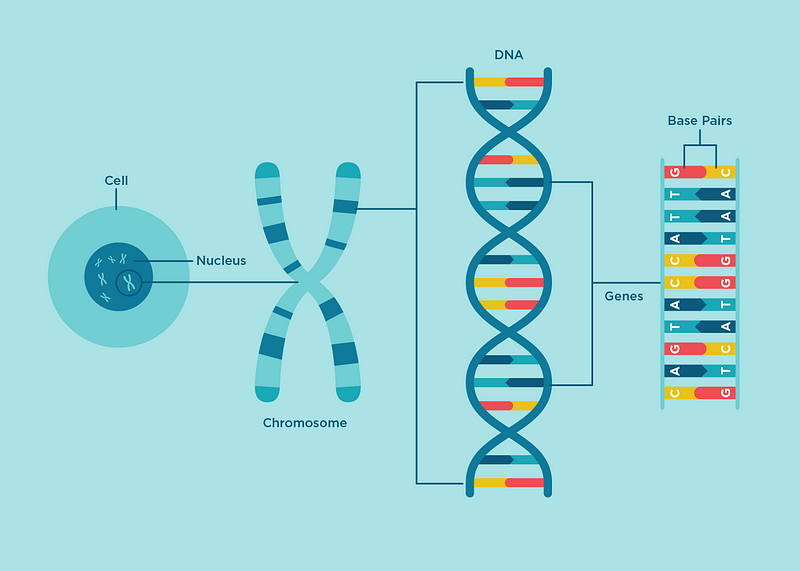
Our body is run by our genes.
The human body contains trillions of cells, performing many different functions. Skin cells protect our internal organs from the environment; muscle cells help our body move; and so on. These cells are told what to do by our genes, and the complete human genome contains 20,000 to 25,000 of them — the instructional manuals that tell our body how to grow and function.
We inherit our DNA from our parents.
Our genes, in turn, are made up of DNA (deoxyribonucleic acid). If each gene is a manual that helps run our body, then DNA is the letters that spell out the manual from an alphabet of just four chemical building blocks, or bases: adenine, thymine, cytosine and guanine. It’s hard to believe, but all the data our body needs to function is written in this code of just four letters.
And all that data is produced by just two parents. We all have two copies of most of our DNA: one copy of each gene from our father, the other from mom. We’re combinations of our parents’ genes — but we’re each an utterly unique combination.
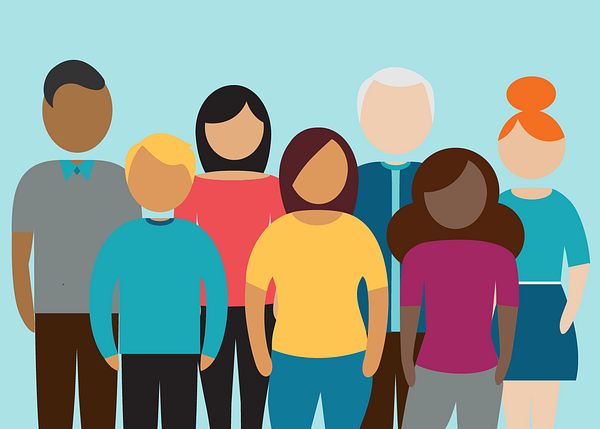
Every one of us is genetically unique.
All humans are more than 99% identical at the DNA level, and for that matter we’re also similar in our DNA with most other living things; if your kid comes home from school and triumphantly informs you that human beings are half banana, in a sense he or she is right.
But it only takes a very tiny degree of genetic variation to make us each unique; our specific combination of genes define our height, our hair and eye color, and countless other traits.
Each of our genes is copied. All the time.
Every cell contains about 3 billion bases of DNA that make up about 20–25,000 genes. When our cells divide to make more cells so our body can grow, all 3 billion bases of DNA inside the cell are copied.
The DNA copying process isn’t perfect.
Sometimes errors are made during the copying of DNA. Our body has ways of fixing these errors, but occasionally one isn’t caught. Now the new cell has a permanent genetic error, which gets copied into two new cells when that cell divides, and so on. These random errors accumulate throughout our lives, usually causing us no harm whatsoever. But every once in awhile a genetic variant prevents a gene from performing its usual function. These harmful errors are called mutations.
Most cancer is caused by accumulated mutations in our DNA.
When a mutation happens in a gene whose role is to catch or correct errors, the cell can lose its ability to fix future errors, at which point more errors accumulate very quickly. Eventually the cell loses the ability to properly grow and divide and becomes a group of cells growing out of control, or what we call a tumor and, eventually, cancer.
Usually mutations happen randomly, or are caused by environmental exposure — as when cigarette smoking damages the DNA in lung cells, or heavy exposure to UV rays from the sun causes mutations in our skin cells. But occasionally…
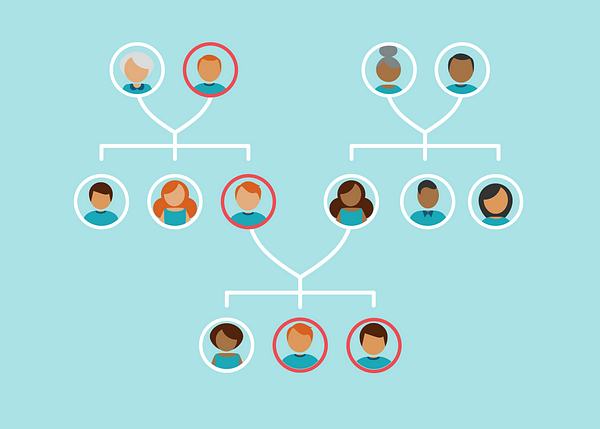
Mutations can be passed down in a family.
Occasionally a child inherits a mutation in a gene whose job is to catch or correct random errors. In this case the first step in cancer development has already happened, which is why people who inherit these mutations have a greater chance of developing cancer, and at an earlier age.
Only a small percentage of people inherit mutations that increase the risk of cancer…
…but knowing whether or not you’re one of them can help you and your healthcare provider create a tailored cancer screening and prevention plan to reduce your risk of cancer and increase the chances of early detection. And having the right health plan set up in advance could someday save your life.
